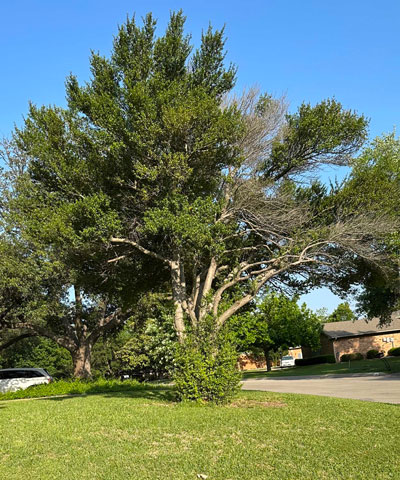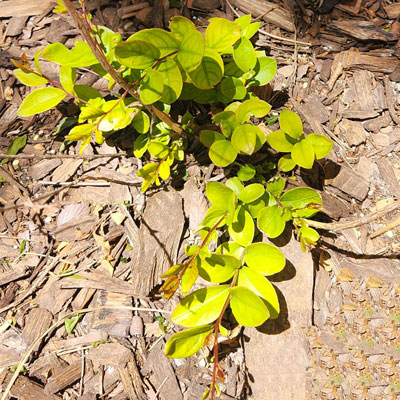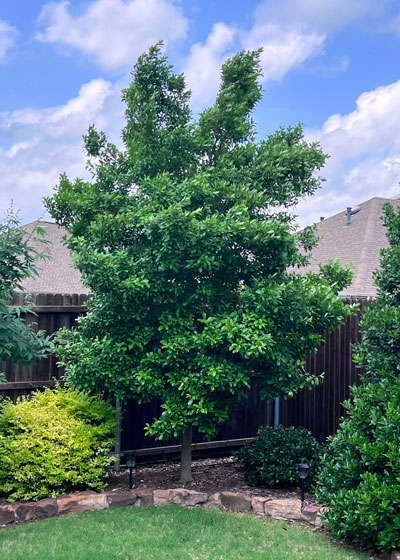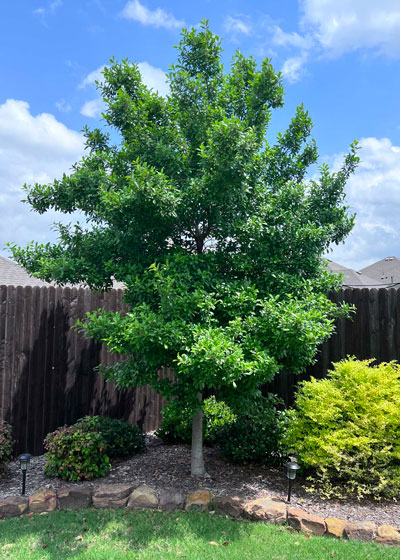Q&A – Ask Neil: May 9, 2024
(Please read these instructions carefully.)
Before you post your question, please look at recent issues to see if someone else has already asked it. You might find your answer there.
How to submit your question…
(Note: You may need to allow a pop-up window to come up in order to get the link for sending your photo(s). If you have already submitted your question and didn’t see the pop-up window, please click here.)
• Click the link provided below to post your question. After you submit your question, a new window will pop up giving you the address to which you can e-mail a SHARP, HIGH-RESOLUTION PHOTO to accompany your question. Please DO NOT SEND THUMBNAIL PHOTOS in case I need to zoom in to see things.
• Click here to post your question.
• Please ONLY POST YOUR QUESTION ONE TIME. We can only accept a set number of questions each week, and when we get duplicates it costs other people their chances.
• One question per reader, please.
• Please use this only for posting questions – not for standard emails.
• Watch for your answer in the following week’s e-gardens.
• I choose those of greatest general interest. For example, plant IDs seldom make the cut.
• I must have your first name or initials.
• I must have your city or county. (Texas is a very large state.)
QUESTION 1
WHAT SHOULD I DO FOR MY YAUPON HOLLY?
Question: My yaupon holly is more than 50 years old. One trunk is dead and has a split. I think this has been happening slowly since the extreme cold of February 2021. I saw my first signs a year ago, but I didn’t realize how bad it was. Now it has all the new growth from the base. What can I do? Sara Ann, Denton.

Answer: It does sound like effects from the cold. The vigor of the new growth at the base tells you that the root system is still alive and very well. This would merit having a certified arborist look at your yaupon to guide you. If you do not already have one with whom you are satisfied, our advertiser here, Arborilogical Services has an outstanding arborist who serves the Denton area. The arborist would check the remaining trunks for any signs of splitting (which you could also do). They would also know the appropriate care if the plant overall were in any way challenged. Odds are that you could have them remove the dead trunk and then carefully reshape the healthy portion. They would also know whether you would want to leave some of the new sprouts to develop into trunks on their own. You would be amazed at how rapidly those shoots would develop given that opportunity.
QUESTION 2
WHY ARE MY DWARF CRAPE MYRTLES AND HARDY HIBISCUS YELLOW?
Question: My dwarf crape myrtles and hardy hibiscus are producing yellow new growth. I have fed them with the same fertilizer I have used on my lawn, and it is made for our area. What might be wrong? Tressa D., Levelland.


Answer: Your crape myrtle is showing classic signs of iron deficiency (“chlorosis”). Its characteristic symptoms are yellowed blades with dark green veins most pronounced on the newest growth at the ends of the branches. Part of this might be due to damage done by the extreme cold this past winter. That would at least be possible with the crape myrtles. Hardy hibiscus, however, can withstand temperatures well below 0F, so their issue is probably just with alkaline soil. Apply an iron additive with sulfur soil acidifier mixed with it. Be sure, too, that your lawn food did not contain any type of weedkiller. So many lawn fertilizers are meant to be “weed-and-feed” products. If that might have been the case, keep the plants moist at all times and let time work it out.
QUESTION 3
WHAT IS THE BEST WAY TO ELIMINATE CEDAR ELM SEEDLINGS?
Question: We love our cedar elm trees, but after last year’s bumper crop of seeds, we now also have a bumper crop of seedlings coming up in our flowerbeds. What is the best way to eliminate them? Marsha G., Tarrant County.
Answer: When the soil dries out enough, you can gently drag a well-sharpened hoe across the surface. It will sever the seedlings before they root firmly. Sharpening the hoe is the secret. You’ll be amazed at how easy it will all be. Then put down a 1-inch layer of bark mulch or compost to discourage any further germination.
QUESTION 4
SHOULD WE BE PRUNING OUR EAGLESTON HOLLIES?
Question: We have two Eagleston hollies planted two weeks before the 2021 storm. We have let them grow naturally, but are wondering if we should do any pruning? Stephanie G., Heath, Kaufman County.


Answer: Nice job on your landscape! It looks lovely. I would suggest removing perhaps one or two of the lowest branches on both plants, especially the one that is beside your vitex. I would probably do a branch-by-branch tip-prune of that same plant just to even things up just a bit – certainly not a formal oval shape, but just to keep the branches a little more symmetrical with one another. If it were a shorter shrub I would be using loppers, for example, but with a plant this tall you’ll need to use a long-handled pole pruner or some other device that lets you prune up higher.
One other note: Eagleston’s lineage warns us that iron deficiency can show up with age. If you are gardening in an alkaline soil, stay ahead of that by applying iron and a soil acidifying product (sulfur) several times during each summer. These are soil applications, and they won’t harm your other plants even if they don’t need the extra iron.
QUESTION 5
WHAT IS CAUSING YELLOW STREAKS IN MY HYDRANGEA?
Question: What is causing the yellow streaks in my hydrangea? I have a couple more hydrangeas, but my oldest is the only one with yellow leaves and smaller blooms this year. Dorothy C., Grayson County.
Answer: Oh, I wish I had a photo or at least knew what part of Grayson County you call home. (Soils closer to the Red River are red sandy clays that are more conducive to hydrangeas, while the southern part of the county has the alkaline black gumbo clay.) This sounds like iron deficiency. It will show up as hydrangea plants age and run out of the soil that came with them in their nursery pots. As I mentioned in a prior answer, iron deficiency is always recognized by yellowed leaves with dark green veins, and when it hits hydrangeas, it’s pretty dramatic due to the size of hydrangea leaves. You should try the same iron additive with a sulfur soil acidifier I have suggested in a couple of prior answers. Finally, it’s also possible that part of this is due to damage done by last winter’s one very cold spell. I live one county south of you and I noticed that Grayson County was quite chilly at that time.
QUESTION 6
WHAT ARE THE BEST SALT-TOLERANT CONTAINER PLANTS FOR THE GULF COAST?
Question: We moved to the Gulf Coast from College Station one year ago. I thought my bougainvillea, hibiscus and plumeria would thrive, but I am just over the dunes from the water, and the salt air has killed them. Do you have suggestions for wind- and salt-tolerant container plants? Cheryl H., Port Aransas.
I have never gardened in those circumstances, so I reached out to Greg Grant with Texas AgriLife Extension of Texas A&M for additional help. He suggested you investigate the work of the Galveston County Master Gardeners online. They are very active in their writings. I have cited them here in the past.
The two of us have put together this list (in addition to the three plants you mentioned):
moss rose and purslane, Gold Star Esperanza, firebush, plumbago, lantana, Mexican heather, purple fountaingrass, dwarf oleander, scaevola, pentas, gaillardia, periwinkles, and Gulf muhly.
Not knowing if Greg would be able to reply, I even resorted to using AI in searching for my answer. Chat GPT gave me two lists of 25 colorful container plants that are tolerant of salt spray and saline soils along the Texas Gulf Coast. Frankly, some of the plants were unfamiliar to me. I wasn’t comfortable listing them here, but you could recreate the list yourself. Ask a local independent retail nursery for fine-tuning from such a list.
Greg also had two other very good suggestions. Keep the salt spray rinsed off your plants by using a less salty water, and leach the potting soil regularly by watering to the point of water running out the drain holes freely. He says he suspects even these “salt-tolerant” plants will sustain damage if concentrations are allowed to build up.
Best wishes! Hope this helps.
